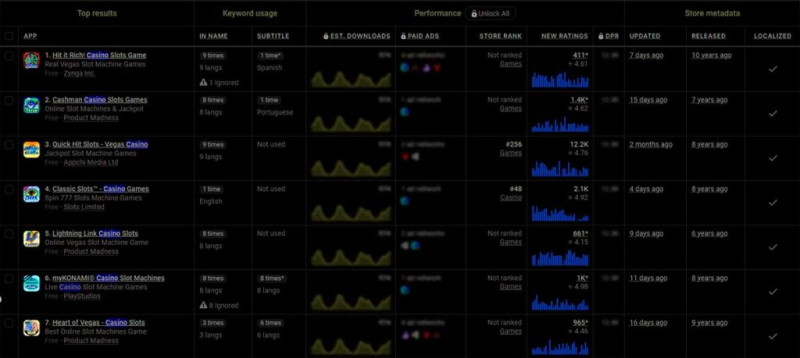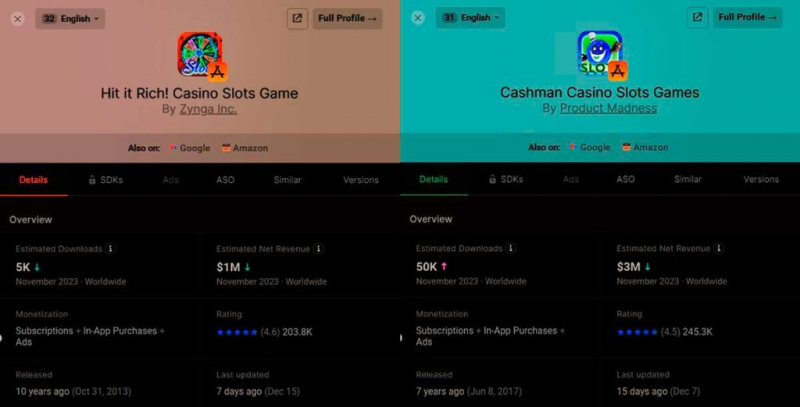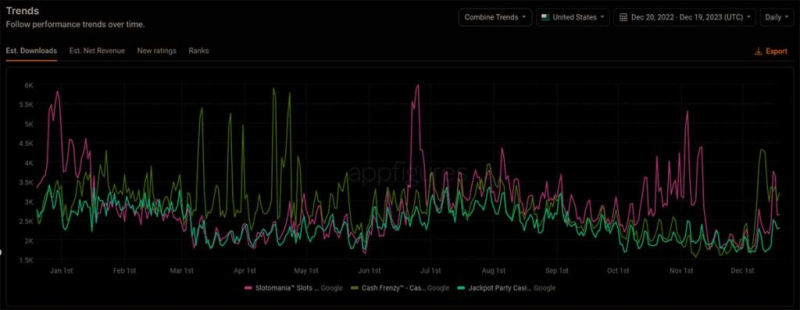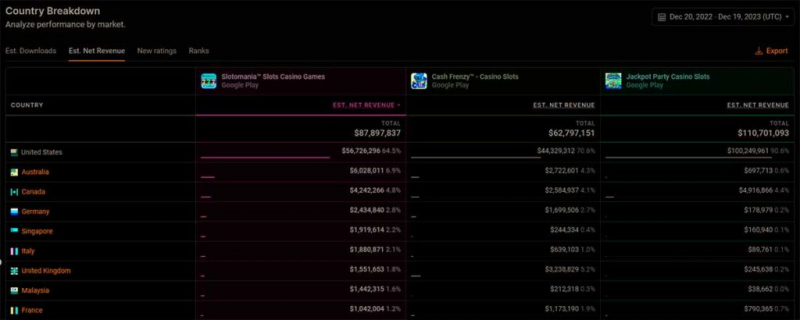Mobile app stores are already overflowing with software for all occasions. Therefore, a serious project should be developed today only after conducting large-scale research that will confirm its relevance and relevance to the target audience.
Although many developers still create new applications literally at random, in the blind hope that they will certainly be positively received by users. Sometimes some of them even get lucky and the project goes off. That’s just the percentage of lucky people is absolutely negligible, whereas the vast majority are left with nothing.
If you want to be sure that your application will find its fans, try to follow this guide as closely as possible.

Recommendation of the month: Netology is an educational platform for teaching modern in-demand professions in the areas of Marketing, Business and Management, Design and UX, Programming, Analytics and Data Science, EdTech, B2B. Over 10 years of work, they have trained more than 60,000 specialists.
- Separate the good ideas from the bad ones
- The secret to a quick launch
- Market volume
- Market dynamics
- Solvency
- Competition level
- Conclusions
Separate the good ideas from the bad ones
In general, the idea is a great start for the project. If it is able to attract and hold attention, it may be worth trying to put it into practice.
Unfortunately, not all good ideas go from the beginning to the launch of a successful application. After all, even great applications that do not cause doubts that the project will be profitable, sometimes lead to nothing but loss of money, effort and time.
When evaluating your ideas for an application, it is important to check them for compliance with the success criteria:
- The target audience is wide enough to bring real profit.
- The composition of the audience assumes solvency.
- The high uniqueness of the project.
- Easy and convenient accessibility of the app inside the store.
In order to assess whether an idea meets these criteria, conduct a competitive analysis. Collect data on the current state of affairs in the selected market segment and make an assumption about the required budget volume, at which the project will be able to remain competitive for a long time.
The secret to a quick start
The idea is tested fairly quickly. You find similar applications and evaluate their capabilities and available tools. Next, competitive tests are conducted, during which the possibilities for introducing into market segments and attracting an audience of direct competitors are evaluated.
Here are a number of key parameters that need to be evaluated in the course of competitive research:
Market size
When investing resources in an application, you must be sure that you will make a profit, or at least not be at a loss. Some invest money directly, while others “pay off” with their time and effort. Of course, all these resources are extremely limited, so they require responsible and careful treatment.
First of all, estimate the size of a potentially suitable audience that is interested in your application. It’s one thing if it suits hundreds of millions of potential customers, and quite another when there are barely a thousand of them.
Check the number of downloads of your direct competitors’ apps, especially those that have been running for a long time. This will allow us to make some assumptions about the composition and volume of the target audience (we started with this when we launched the Spell Defense mobile game in Quantumcore).
As an example, you can search for various gambling games among US users in the App Store (screenshot from the service appfigures.com ):

Let’s dig a little deeper and check the number of downloads and user ratings:

Thus, we get an idea of the situation in a particular market segment over the past thirty days. For example, Cashman Casino Slots Games had about 50,000 downloads in November, and the net income of the application was about three million dollars.
So this is a potentially promising area for the development of their software products. But it is very highly competitive and will require you to make certain investments not only in the production of the application, but also in itsfurther promotion (ASO).
Market dynamics
Even large market segments can stagnate. And at different speeds. The fact that the selected section of the app store has millions of potential customers will not protect you from a sharp decline in popularity. This means that you will invest in an unpromising dying industry.
The dynamics can be estimated over fairly wide time periods. For example, here’s how it might look in your niche:

A reduction in the category may indicate a decline in audience interest in certain types of applications. For example, in this case, for three representatives of the gambling niche, we can say that the market volume at some point decreased by almost 32% (excluding peaks), which indicates a not very good state of affairs for new developers. Regular customers have already made a choice in favor of one solution or another, and the probability that you will be able to captivate them with something new is very low.
Solvency
The process of interacting with users does not end when downloading the application. After all, the time is coming for the operation and purchase of paid services.
Monetization can be carried out in various ways. But in any case, it is important to make sure that when interacting with your development, people want to spend some money to speed up and simplify internal processes.
Keep in mind that even paid software products use various built-in subscriptions or other additional monetization options.
The simplest and roughest way to assess the solvency of the audience is to calculate the ratio of revenue per download within the store category. In the examples above, this figure can range from $50 to $60 (if you take the tops).
But a number of downloads fall into the free category, so the actual numbers may vary slightly. Since users who have downloaded the app spend an average of $50 on additional options, it means they are ready to pay.

The level of competition
After you have assessed the popularity of the direction, the solvency and the volume of the audience, it is time to analyze the opportunities to enter the market with a new development.
Keep in mind that even beautiful and convenient projects may not find demand from users, because competitors are pushing huge budgets, simply leaving no opportunities for newcomers.
To evaluate your capabilities, first answer the following questions:
- How old are the most popular apps in the category? If they have been on the market for a long time, then newcomers do not stay here for a long time and it is extremely difficult to compete for existing customers.
- Evaluate the investments of the leaders of the direction in paid advertising. The more active your competitors’ advertising campaigns are, the more difficult it will be for you to compete for an audience. You should offer at least similar budgets in terms of volume for an effective start.
- Is the demographics of the target audience homogeneous? Do you want to fight for the same age group or are you going to choose a fundamentally different goal for your project?
- Analyze the ratio of positive and negative user ratings. If there are projects among the leaders that leave customers dissatisfied, you have various options for entering the market.
Conclusions
Now put together all the information you have received and evaluate the prospects of your idea. Often, the figures can be contradictory, as a result of which the conclusions will be very ambiguous.
Remember that there are no perfect ideas. They all have their strengths and weaknesses. But thanks to the collected statistics, you will at least be able to make certain initial assumptions about which direction you should work in.
Do not lose sight of the various patterns hidden in the charts. Sometimes, an important criterion for success can be not only the choice of direction, but also the specific launch time. Will it be the beginning of the week – Monday or, on the contrary – weekend?
The activity of the audience is uneven and depends on various parameters. For example, on holidays and weekends, users spend more time in entertainment applications. This means that the chances of being noticed are much higher.
Preliminary marketing research is at the heart of most successful project stories in mobile app stores. Even the best development teams will not be able to compete with large companies that buy all the traffic in their categories.
Evaluate the market situation and correlate the information received with your own capabilities in order to make informed decisions about the start of a particular project.
And remember: even if you don’t manage to earn a lot from your mobile app after launch, you can always try to sell it to a larger competitor (we did exactly that in 2021).
